Norway on the green shipping course. Poland has already been participating in the program for some time
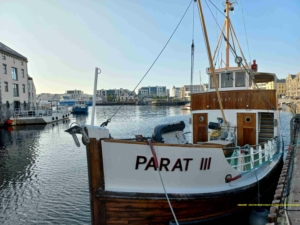
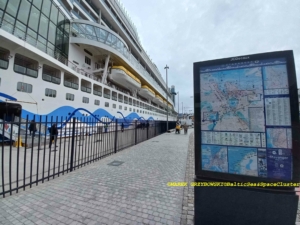
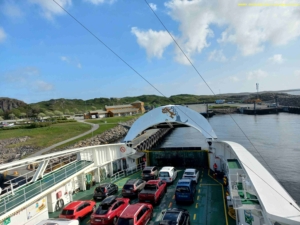
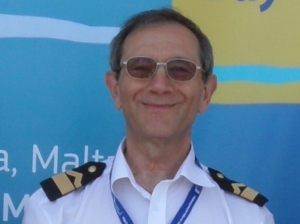 By Marek Grzybowski
By Marek Grzybowski
The Green Shipping Program (GSP – Grønt Skipfartsprogram) was created in the event of an emergency 10 years ago. Currently in development, final phase of operation. Poland supports the participation program in the ZEVInnovation project – partnership in the latest technology in the construction of zero-emission structures. CRIST, the ASE Technology Group and the Baltic Maritime and Space Cluster support our companies in developing partnerships with companies from Norway.
Progress towards achieving the program’s goal is independent, as Norwegian participants in the September Green Shipping Program Partner Meeting in Høvik can report.
“It is a Norwegian term that I particularly associate with the Green Shipping Program. This is a “dugnad” [“volunteering” – MG] program – note, almost untranslatable into other languages – comment meeting on Linkedin Remi Eriksen, group president, CEO of DNV.
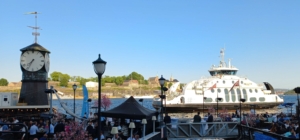
PPP for green shipping
“For me, the Grønt Skipfartsprogram is a national maritime project in which cargo owners, shipowners, shipyards, suppliers, ports, energy and fuel producers, banking, insurance, research and authorities cooperate with each other,” emphasizes Eriksen.
Grønt Skipfartsprogram is a Norwegian public-private venture that aims to support the Norwegian government’s maritime strategies and plans. The vision of the program is to develop and strengthen Norway in the international maritime business arena. The strategic goal is to establish the most efficient and environmentally friendly shipping in the world.
GSP was established in January 2015 under the name Grønt Kystfartsprogram [Green Coastal Shipping Program – Ministry of Economy] and consists of 16 private companies and organizations, as well as two ministries. In spring 2019, the program changed its name to Grønt Skipsfartsprogram [Green Shipping Program – MoE] to emphasize its international ambitions.
“When GSP was launched in January 2015, it was financed with the participation of 16 private entities and the support of two ministries,” reminds Eriksen and emphasizes: “In the last summary, the program had over 100 partners – 90 private companies and organizations, as well as 12 observers government. Since 2015, GSP has initiated 47 pilot projects, of which 18 have been implemented or are under implementation.”
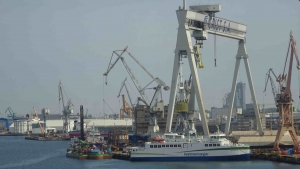
Poles on the Norwegian green path
Representatives of key Polish clusters who participated in a study trip organized by Artur Janusz and Justyna Kizlich from the department dealing with Norwegian projects at PARP and local offices of Innovation Norway could learn about the topics and results of pilot projects.
During the meetings in Trondheim, Bergen, Stavanger and the FLOATING WIND DAYS 2023 conference in Haugesund, it was possible to see that the Green Shipping program is implemented on many levels.
The ZEV Innovation project, which is implemented with partners from Croatia and Norway from the BlueMaritime cluster and has the status of Global Center of Expertise (GCE), can also be treated as one of the important elements of cooperation and knowledge transfer.
As part of ZEV Innovation, we first hosted project participants at the ASE Technology Group and the CRIST shipyard, where Norwegians and Croatians were surprised to discover the potential of Polish companies in the area of green technologies. Then, the Aalesund meeting took place, where Polish companies had the opportunity to talk directly with BlueMaritime Cluster members about the possibilities of implementing projects focused on the development of green shipping, both coastal and oceanic.
700 low-emission ships and 400 ZEVs are needed
“To achieve this goal, we need to have around 700 low-emission ships and 400 zero-emission ships in 2030, including all ship categories,” GSP management emphasizes.
Green Shipping Program developed in specific stages. The first one assessed the potential of Norwegian maritime transport powered by batteries and gas. In this phase, 5 projects were implemented. The next phase of activities included the assessment of new solutions from the point of view of the industry’s business goals.
CAPEX and OPEX were defined, focusing on assessing the business and economic consequences of implementing innovations on a large scale. This phase also identified challenges and expectations regarding program support from the Norwegian Parliament and government. Launch five new pilots.
The next, 3rd stage was devoted to removing barriers to green solutions. As a result, a government strategy for green competitiveness has already been implemented, focusing on the legal framework and the creation of pilot markets for the use of green technologies. In 2018-2019, several buyers of maritime services and financial institutions joined the Green Shipping Program. In 2019, the second debate took place in Norway with the participation of leading business, government and political leaders. The focus was on the possibilities of positioning innovations on the international market, and some solutions were transferred to the government level. Five new pilot projects were launched.
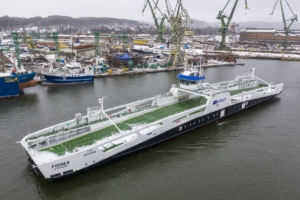
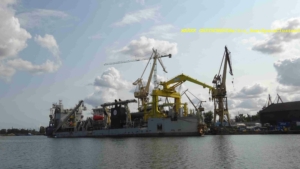
Polish ferries in Norwegian fjords.
Let us remind you that further hybrid ferries for Norled are being built at this time. Among other things, ferries from Remontowa Shipbuilding were introduced to connections in Norwegian fjords. Battery-powered double-sided ferries were directed to the Festøya – Solavågen and Mannheller – Fodnes connections. In total, the Norled fleet includes 10 ferries built in Gdańsk.
The fourth stage of work focused on developing and positioning green solutions in Norway’s transport. The aim of this phase of activities is to “Increase the scope of the program by piloting greener logistics, technology, fuel and financial solutions.” The task of teams composed of scientists and business is to provide the government with specific planning proposals, which are to be based on solid technical foundations and economic analyses. The innovative solutions are to be used on cargo ships and coastal shipping.
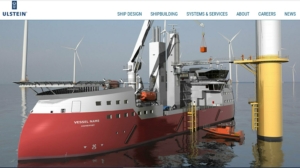
CRIST and Ulstein
In this phase, among others: a roundtable conference was organized with the Prime Minister of Norway and about twenty top Norwegian leaders. There was also a debate on business and environmental policy during Arendal Week 2019. The GSP Service Center was launched to replace the fleet of cargo ships with environmentally friendly vessels. CRIST has been participating in this process for many years and, in cooperation with Ulstein or on its own, has been introducing offshore fish farm vessels to the Norwegian market.
As part of this phase of activities, six new government plans were developed and a number of expert reports for parliament were produced. The area of innovative activities was expanded to include offshore. In order to better communicate between the growing group of stakeholders, a new portal was created and project visualization was improved. The program is developing dynamically and resulting in new projects. 13 new pilot projects were launched.
The fifth phase of activities was devoted to developing and scaling green solutions in Norway and internationally, and the sixth phase was new pilot solutions for scaling and green growth. At this stage, companies from the Baltic Maritime and Space Cluster, shipyards, design offices and companies producing equipment for maritime transport and ports have the opportunity to participate in activities surrounding one of the projects. The Norwegian Green Shipping Program may also become a Polish program, provided that Polish universities and companies engage in activities for green maritime transport with appropriate determination and commitment.
